Lining in the kitchen: examples of design and decoration
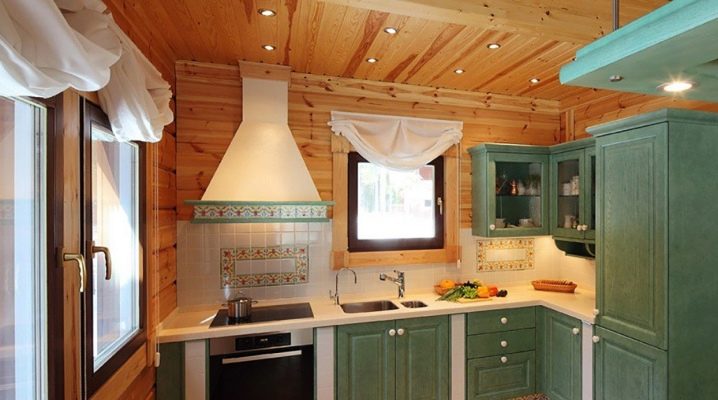
Wall cladding in the kitchen with clapboard is an affordable and effective way of finishing. Its popularity is also explained by the environmental friendliness of the material and the ability to give an aesthetic appearance and optimal climate to this strategically important object.
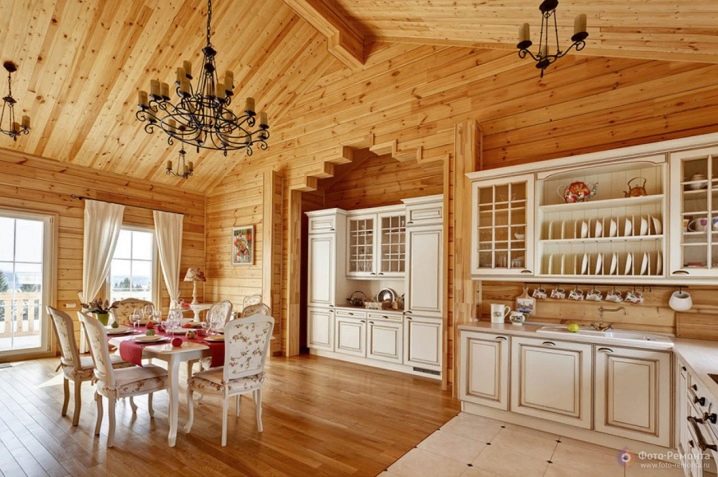
Peculiarities
The lining is a thin board, interlocked by the sides according to the principle of "thorn-groove", which are screwed to the base with self-tapping screws. The question arises: why the building material received such a name, what have the wagons to do with it. Initially, railway cars were sheathed from the inside with wooden slats, which protected the transported goods from the effects of the sun and rain. At first, the wooden panels were fastened in the usual way, which was later replaced by a “tongue-and-groove” system - for easier installation and prevention of defects. Soon, this know-how was appreciated and began to be applied in the finishing work of the premises.
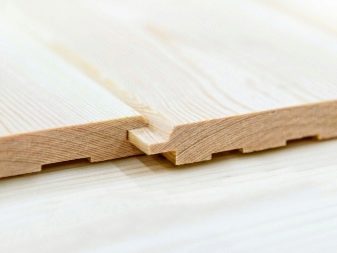
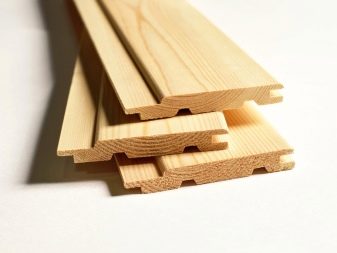
Lining is a generic name for lath materials, and not only wooden, but plastic (PVC) and made of MDF fiberboard.
It is used for ceilings and walls, indoors and outdoors. Initially, the lining was found in rooms such as balconies or verandas, but fashion trends moved it inside the living space. More and more often, lining is chosen for finishing kitchens.
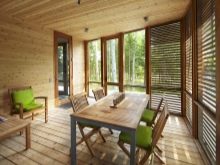
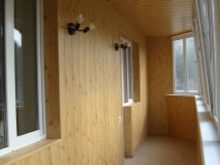
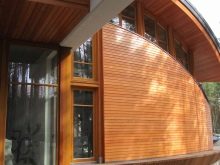
There are several reasons for this trend:
- some interior solutions require finishing with a board (for example, country style);
- the range of materials has expanded, decorative surfaces and various formats of lining have appeared;
- a wide selection of high-quality paint allows you to give the material the desired shade in order to optimally fit it into the interior.
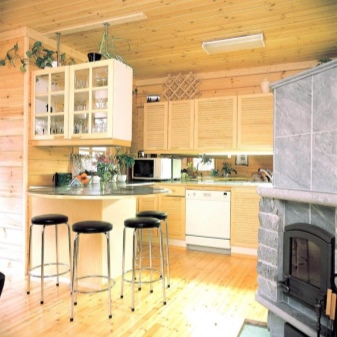

For finishing the kitchen, panels with a width of about 12 cm and a thickness of 7-14 mm are most often chosen. The length of the slats reaches 3 meters; during installation, you can cut the material into the necessary segments.
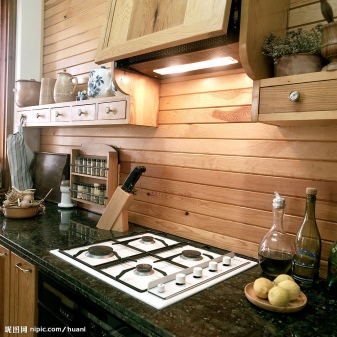
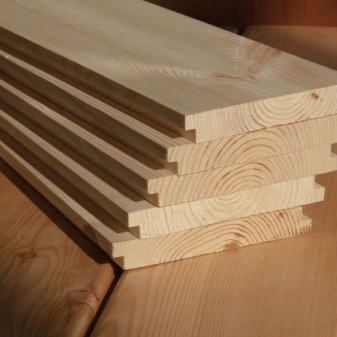
Pros and cons of finishing
The main advantages of the lining are:
- environmental friendliness;
- hygiene;
- sufficient moisture resistance;
- ease of cleaning;
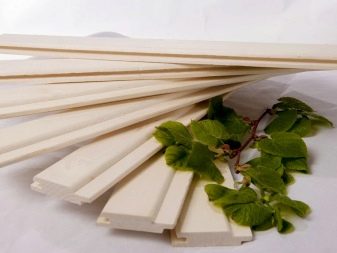
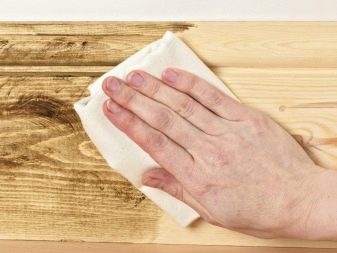
- ease of installation;
- sound and heat insulation;
- resistance to external aggressive environmental influences;
- durability with proper care;
- the ability to create a smooth surface;
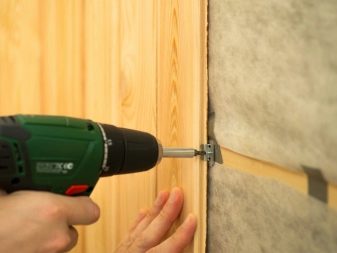
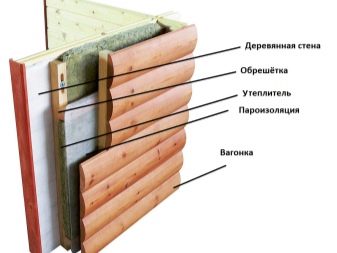
- the ability to hide wires and communication systems under the cover;
- aesthetic and respectable appearance;
- if the lining is made of natural wood, then its aroma gives a unique atmosphere to the room.
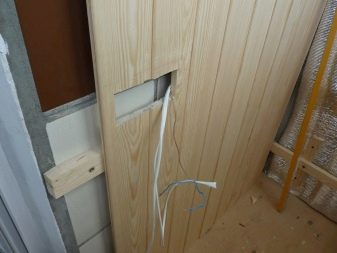
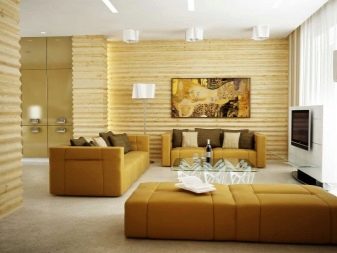
Compared to the listed advantages, there are not so many disadvantages:
- the need for careful surface care;
- lining made of natural wood is subject to decay and deformation, therefore, the boards require treatment with special anti-fungal and refractory compounds;
- lining made of MDF and PVC does not have high environmental characteristics;
- material from wood of the highest category has a high cost;
- since the installation is carried out on a special frame, it can "steal" space.
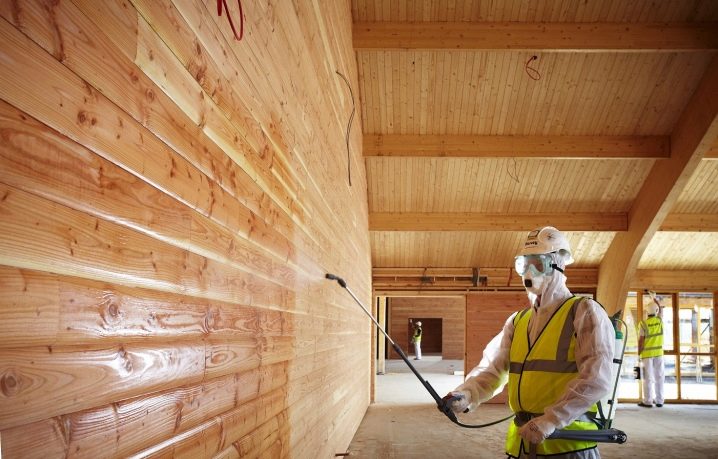
Types of material
There are several classifications of lining. The first of them is by the type of material.
Wooden
The most popular of all is wood paneling. It gives the room a characteristic, cozy aroma of wood, creates a comfortable microclimate in the room - the walls "breathe", absorbing excess moisture or giving it away if necessary.Cons of the material - subject to rotting, fungal infection, deformation.
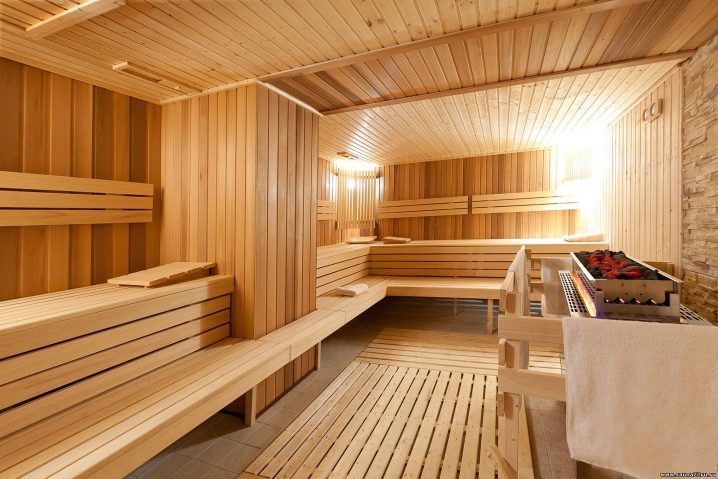
Wooden lining is made from various types of trees:
- conifers - the wood is saturated with essential oils and resins, which naturally prevents the appearance of fungus and excess moisture (spruce, pine, larch, cedar), is distinguished by increased strength and durability, and is more often found on external decoration;
- deciduous - less durable, but does not contain resin, therefore it is widespread in interior decoration (linden, alder, oak);
- valuable - products made from them are durable, but the cost is high; used for interior decoration (mahogany).
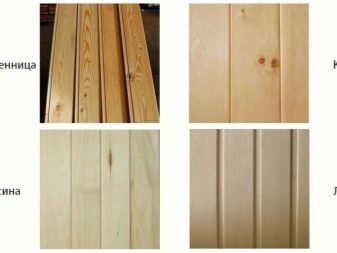

This type of lining is of 4 classes:
- extra - the highest, perfect surface;
- class A - a small number of defects (knots, cracks) are allowed;
- class B - places affected by insects, resin pockets, cracks, knots are allowed;
- class C - the lowest quality of products.
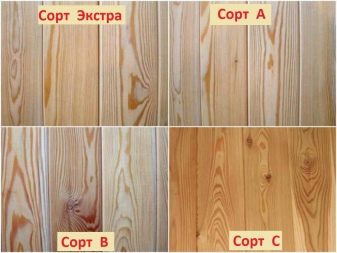
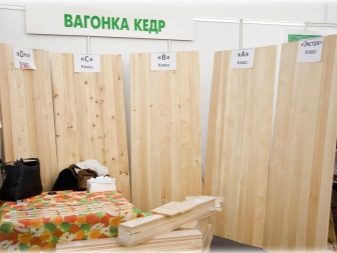
In addition, wooden products are classified according to the types of profiles:
- lining made in accordance with GOST;
- Euro lining is a profile made according to the European standard DIN 68126/86.

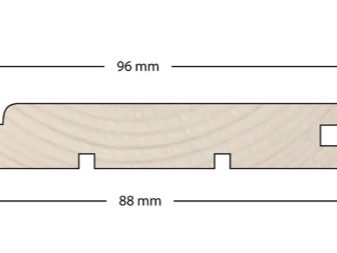
Among the euro lining, there are also several options:
- traditional;
- Softline (softline) has a rounded chamfer;
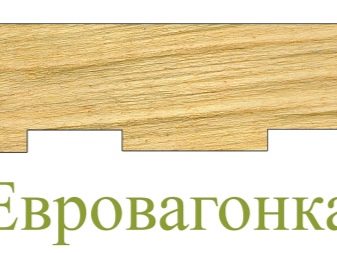
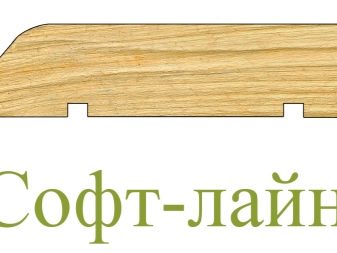
- calm - the absence of a chamfer near the spike creates an imitation of a surface from a bar without obvious seams;
- a landhouse is the most expensive type of lamella, since the surface of the tree is subjected to various processing methods, resulting in complex patterns on the wood;
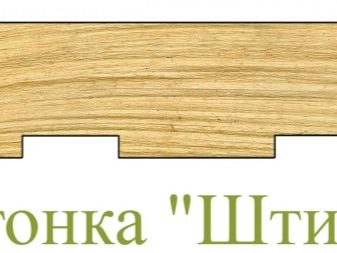
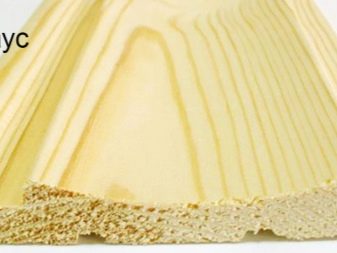
- block house - due to its roundness, it creates an imitation of a surface assembled from processed logs;
- "American" - more often used for facade work, there is no chamfer in the profile and there is a smooth transition from the spike to the middle.
- double-sided lining does not have a back side; it is used to create internal partitions in rooms where there is no high humidity.
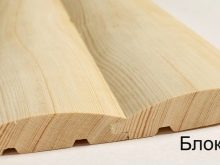
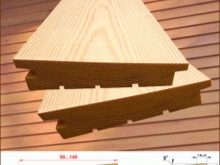
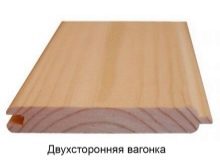
PVC (polyvinyl chloride)
Plastic panels have almost all the advantages of wooden lining, except for creating a microclimate. A wide color palette, unlimited possibilities of imitation of any materials, ease of maintenance, simple installation and an affordable price make this material popular.

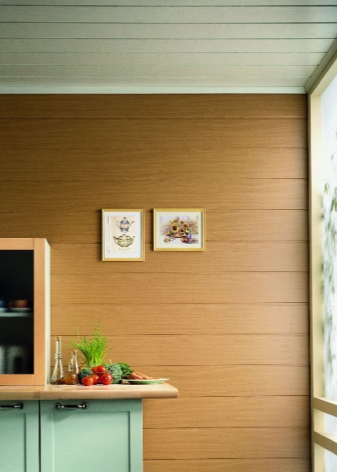
Wooden paneling looks organically in a country kitchen or in a private house. It is left unpainted or painted in gentle colors. The kitchen, lined with white clapboard in the Scandinavian style, is found not only in cottages, but also in city apartments. This material can be used to decorate the entire area, an apron, a dining area.
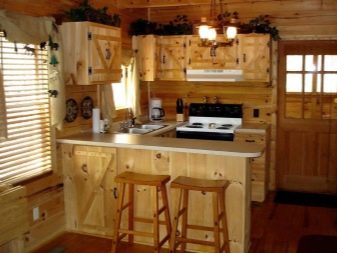
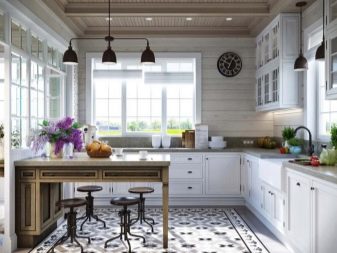
Design ideas
The expediency of using lining in the interior may cause bewilderment to buyers, since the first association is a sauna or decoration of the Soviet era. However, the designers are convinced that by creating the right combination of slats with painted walls, plaster, wallpaper or ceramics, you can create an interesting and harmonious surroundings during the renovation process.
The living room, finished with wooden clapboard, is filled with a special atmosphere and indescribable comfort. Walls can be sheathed both vertically and horizontally - depending on the purpose (to raise the ceiling or move the walls apart).
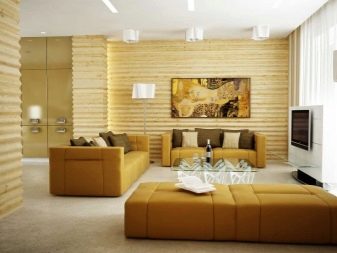
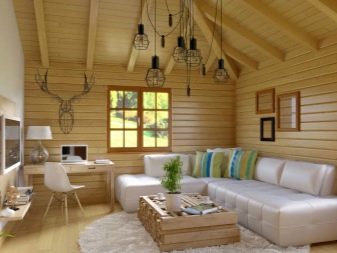
Natural wood slats can be completely sheathed in a kitchen or dining room - from floor to ceiling - adding a juicy accent. It can be a bright countertop, a kitchen set, one of the walls painted in an intense and pleasant color scheme (brown, beige, orange, light green).
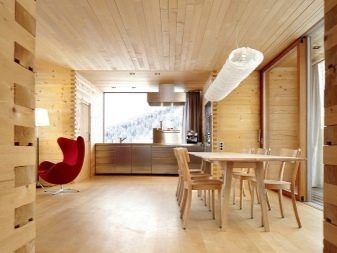
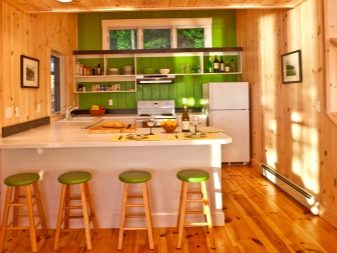
Clapboard can sheathe the working area - an apron. The area above the stove is still recommended to be laid out with tiles or to cover the entire cladding with special protective glass.
If you are not a fan of this, the possibility of tinting panels, not only wood, but also plastic, will be a big plus. You can paint the panels with your own hands, since the choice of means for this is huge.
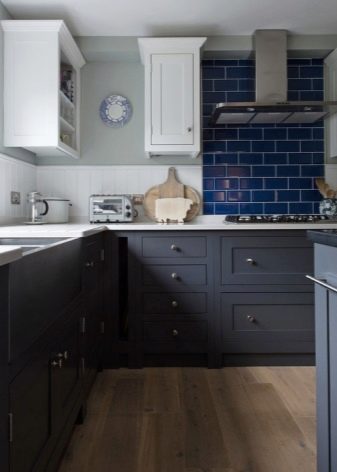
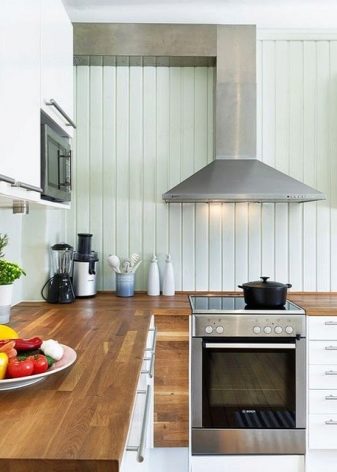
Scandinavian style involves the use of white lining, which is sheathed with walls and ceilings.
Provence style kitchen has many advantages: it is appropriate both in a small apartment and in a huge country mansion, will be available with a small budget and will never go out of fashion, since the basis of the style is classicism, only softer and more comfortable. Typical colors for wall decoration are lavender, olive, pistachio, ocher, so the lining in the kitchen can be painted in any of these colors, and furniture, walls and ceiling - in white.
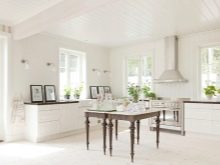
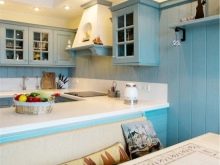
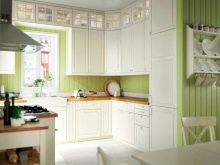
The country style is simply created for country houses, and the lining fits perfectly into the interior.
For lovers of natural and natural - ecodesign. There are no strict canons for the design of the premises, it is important to bring the spirit of relaxation and the presence of natural elements into the space of the apartment. The lining made of wood harmoniously fits into such an interior.
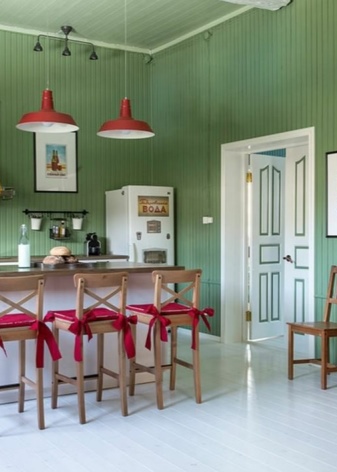
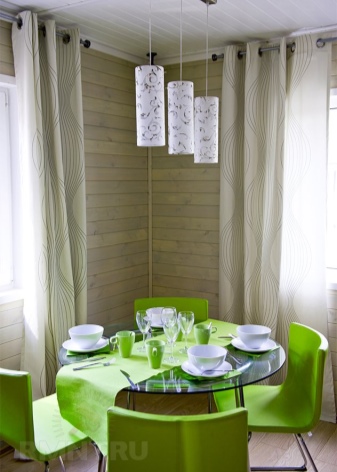
Mediterranean, nautical styles with an abundance of light shades and blue and blue colors, rattan or just light furniture go well with clapboard paneling.
The modern classic interior also welcomes the presence of a cladding board.
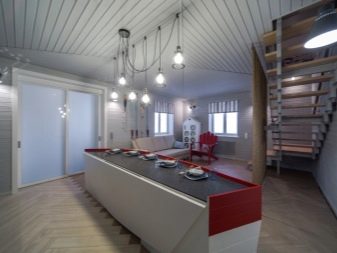
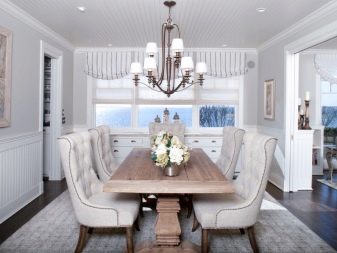
An interesting option looks when the color of the kitchen set is identical to the wall and ceiling cladding.
Eclecticism means a combination of several styles. For an eclectic kitchen, designers advise to decorate one or two walls with clapboard, choosing a horizontal arrangement of the slats.
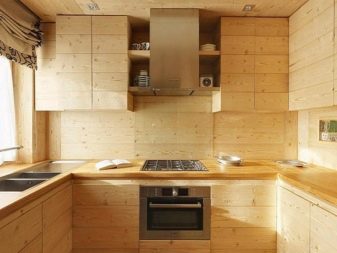
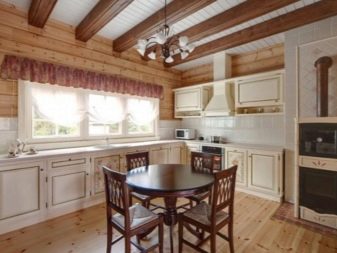
The cladding board looks great as an element of finishing the ceiling in a cottage. Experts recommend using the following technique: paste over the walls with wallpaper, and on the ceiling make an insert from the lining of a similar or contrasting color.
Options for lining combinations in the kitchen can also be as follows:
- ceiling covered with cladding and walls in plaster;
- a ceiling made of slats + a similar apron covering + walls under the wallpaper (or plaster);
- plastered ceiling + walls sheathed with clapboard.

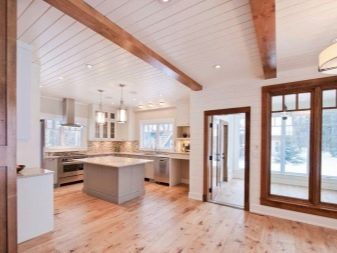
Another interesting idea: decorate the ceiling with bright clapboard, and the walls with more pastel colors. Tiffany color is popular in modern interiors.
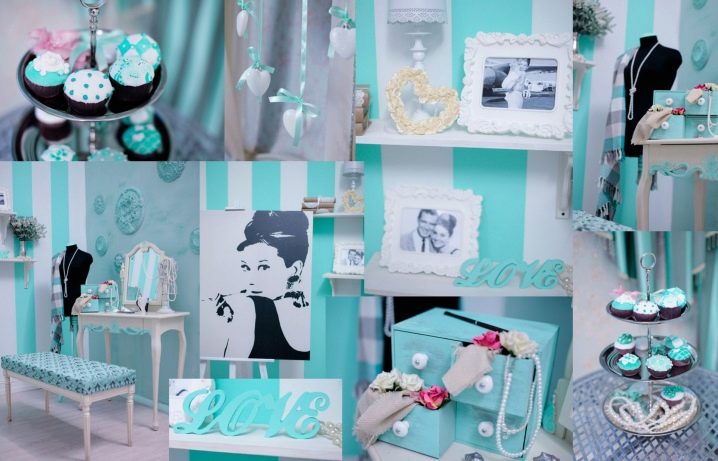
Care Tips
Despite the practicality and relative durability of the material, the lining needs special care.
- Despite the special impregnations, the wooden lining cannot be moistened abundantly with water in order to avoid deformation and swelling of the board.
- Do not use aggressive cleaning agents and detergents. If a serious stain develops, it can be rubbed gently with a soft cloth and mild solvent. For varnished surfaces, it is worth using a cotton swab or cotton swab; you need to handle the stain very carefully so that the solvent does not remove the varnish along with the dirt.
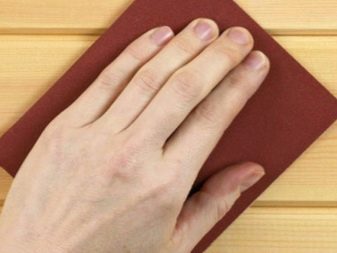
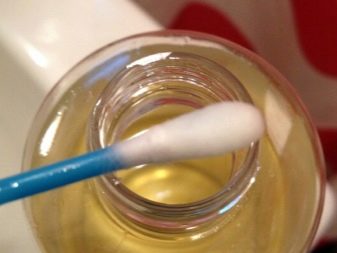
- Any lining is lightly wiped with a soft damp cloth.
- Once a year, it is recommended to treat the surface with protective agents (waxes, varnishes). Before this, the boards must be cleaned and dried thoroughly, and the dust must be removed with a soft cloth or brush.
- The trim from the lining must be positioned so that fresh air flows to them - if possible.
- In the apron area, it is better to place the boards vertically so that moisture does not accumulate.

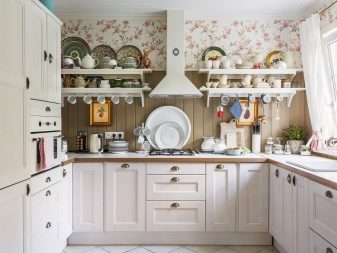
Beautiful examples of sheathing in the interior
A beautiful kitchen is the dream of any housewife. The abundance of design ideas and the Internet will help you choose the perfect combination of all the details, the main thing is not to lose your head in the vast variety of options.
A kitchen with a home stove will appeal not only to Emela. Such options are most common in private houses or summer cottages, however, in a city apartment, you can fit this "unit" into the kitchen design. The creation of a rustic style implies the use of only environmentally friendly materials, such as wooden lining. The kitchen, filled with the scent of wood and crackling wood, will give you an indescribable feeling of comfort and relaxation.
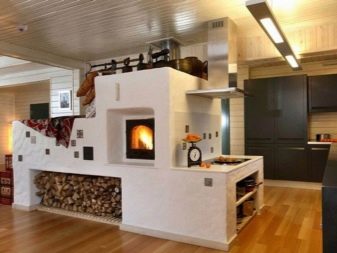
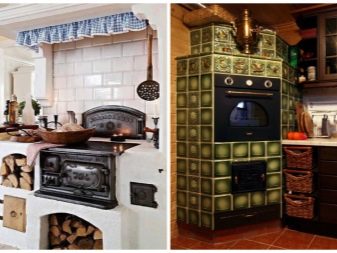
Country style is a common name for all rustic styles (French Provence, Mediterranean, English shabby chic, American, and so on).A characteristic feature is light aging, natural materials, pastel colors without bright contrasts, deliberate roughness of textures. Clapboard sheathes the ceiling, walls, countertops, elements of the working area.
The Scandinavian style kitchen is light, spacious and comfortable. The main rule of decoration is minimalism, which is why white color and simple materials such as lining are so popular.
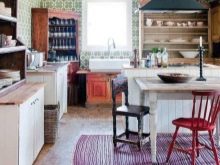
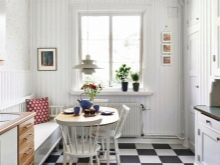
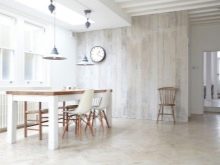
Calm lining looks appropriate not only on the ceiling.
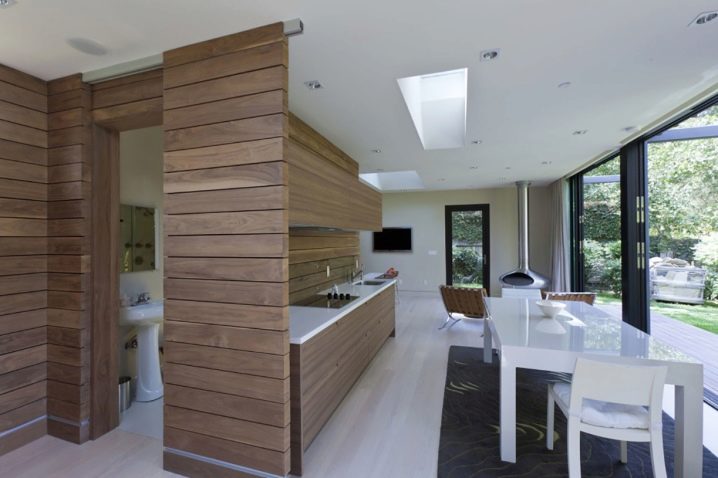
Finally, a few stylish interior solutions that are appropriate not only in the kitchen.

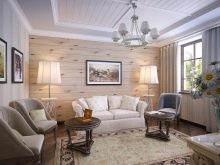

Reasonably combining the cladding board in the kitchen with other interior elements, you will create an atmosphere of coziness and comfort, which will bring households even closer together.
For information on how to install the lining, see the next video.













The comment was sent successfully.